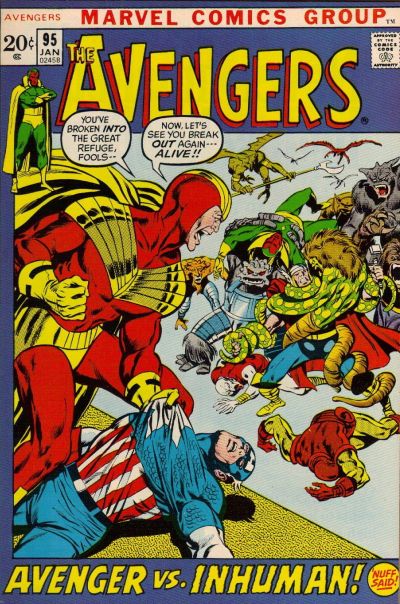
Batman #237 (December, 1971)
Batman #237’s “Night of the Reaper!” wasn’t the first comic book story set at the real-life Rutland, VT Halloween Parade; that distinction goes to Avengers #83, which was published one year earlier (and was covered here on this blog last October). Nor would it be the last such tale.
But it was almost certainly the best of the bunch.
That’s really not surprising, given that the story was crafted by one of the most outstanding creative teams of the era — writer Denny O’Neil, penciller Neal Adams, and inker Dick Giordano — as well as that it, more than most of its fellows, aspired to be about something more than either the Parade itself, or conventional superheroic goings-on — something decidedly more serious, in fact — and was largely successful in achieving this aim, ultimately addressing the subject of the Holocaust in a dramatic, but sensitive, manner.
Nevertheless, the origins of this classic story in certain actual (but not very serious) events — and the appearance within its pages of several equally actual persons who either already were, or would soon become, well-known comics industry professionals — can’t help but be responsible for a certain amount of “Night of the Reaper!” lasting appeal. And it’s with those events, and persons, that we begin. Read More




